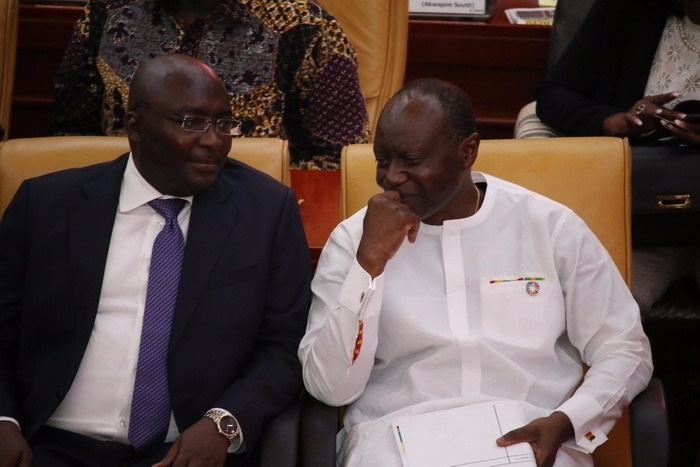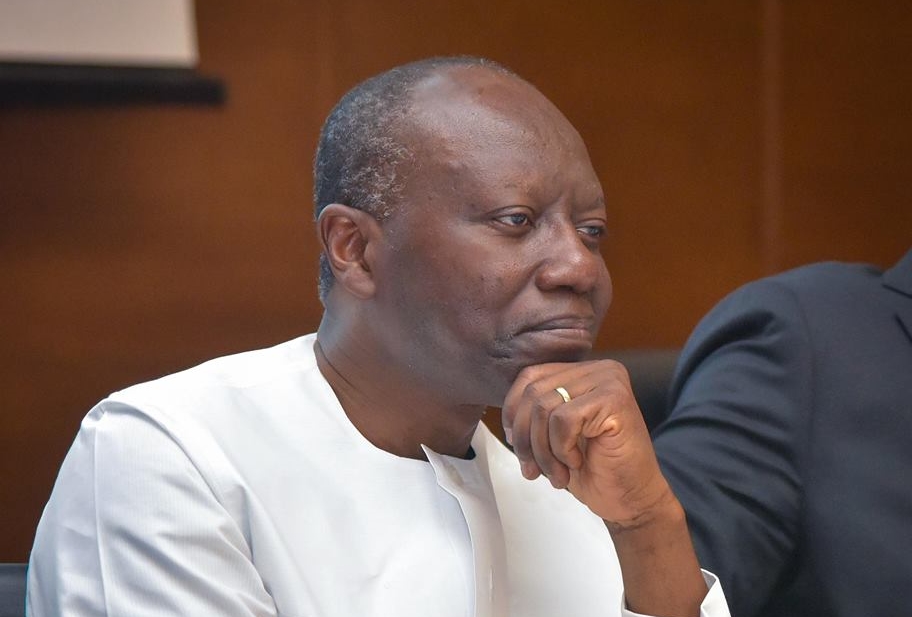The country’s total debt stock has now hit GHS200 billion as at the end of May 2019.
This was contained in the Bank of Ghana’s summary of financial and economic data that reviewed the health of the economy.
Details of the debt numbers
The new debt stock figure means that since May 2018 the total debt stock has gone up by some 45.9 billion cedis.
In two months or since the last time that the data was released in March, the total debt stock has gone up by some GHS2 billion. The GHS200 billion debt now represents about 58% of the total value of the economy or 58% of GDP.
Breakdown of the debt numbers
The Bank of Ghana’s data showed that out of the GH¢200 billion total debt stock, external debt accounted for GH¢105 billion of the debt, expressed in dollar terms that is about $20 billion. This was about 58.1pecent of GDP. The funds that were borrowed locally or Domestic debt was GH¢94.6 billion, representing 30.6% of Ghana’s GDP.
The funds that were borrowed locally, or domestic debt, was GH¢94.6 billion, representing 27.5% of Ghana’s GDP.
Reasons for the debt stock increase?
The increase in the debt stock over the last two months can be attributed to the cedis’ marginal depreciation and recent funds advanced to clean up the banking and non-banking sectors of the economy.
Government on the rising debts
The country’s total debt has witnessed some significant increase over the last two years. The total public debt stock on a nominal basis increased from GH¢142.6 billion at end-December 2017 to GH¢173.1 billion at end-December 2018.
The external debt stock increased from GH¢75.8 billion to GH¢86.2 billion over the period under review.
Similarly, the domestic component increased from GH¢66.8 billion in 2017 to GH¢86.9 billion in 2018.
As a percentage of GDP, domestic debt increased from 26.0% in 2017 to 29.1% in 2018.
However, external debt as a percentage of GDP decreased from 29.6% in 2017 to 28.9% in 2018.
How much does every Ghanaian owe?
Based on this the GH¢200 billion debt, every Ghanaian should owe about GH¢6,896 if the debt is shared among the population size of 29 million. Some analysts have even argued that Ghanaians could be paying for this cost in the form of taxes.
Impact of rising debt stock on the economy
For some, the impact would be on Ghana’s debt servicing bill. According to 2019 Budget government is planning to aside GH¢18.6 billion just to pay the interest of funds borrowed.
This amount is just for the interest to be paid on these debts. Again if the economy does not expand to accommodate these rising debt, it could impact negatively on the country Debt-to-GDP Ratio, which currently stands at 58%
According to the International Monetary Fund IMF and the World Bank, Ghana is still classified as High Risk of Debt Distress country, based on their seven main indicators.
This is more of a warning to investors and businesses that Ghana could get into the category, where it may have some challenges in paying back its debts on time. Also one would be worried about how the rating agencies would interpret these numbers and possible impact on Ghana in terms of our cost of credit.
However, some have also warned that if these funds are not being invested in sectors that would pay back for it in the future, then the country could be sitting on a time bomb.
Some economists have also argued that since Ghana has not defaulted on its debts commitment in recent times, then investors may not react negatively to these debt numbers.
The current administration on the other has also argued that discussion on these numbers should consider how the economy is growing to absorb this debt by looking at the Debt to GDP ratio.
Banking Sector Performance
The Data showed that confidence in the banking sector appears to be improving based on the numbers released by the Bank of Ghana.
Total Assets in the Banking Sector ending May, went by 12.4% to reach GH¢112 billion Ghana, compared to the same period for last year.
Total Deposits ending May this year reached GH¢75.6 billion, representing 13.4% jump from what was realized in May 2018. Loan advances was GH¢45.8 billion, up by 18.3 percent from what was recorded in May 2018.
Non-Performing Loans went down marginally from 22.6 to 18.1 percent. The Bank of Ghana also puts the cedi depreciation against the dollar at 8.23% ending July compared to 5.93% for the same period last year.
Gross International Reserves as at the end of June was $8.5 billion, representing 4.3 months of import cover.









